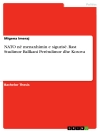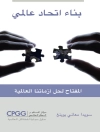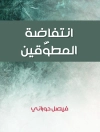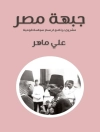This book explores how revolutionary developments and convergence of the chemical, life and associated sciences are impacting contemporary toxin and bioregulator research, and examines the risks of such research being misused for malign purposes. Investigating illustrative cases of dual use research of potential concern in China, India, Iran, Russia, Syria and the USA, the authors discuss how states can ensure such research and related activities are not utilised in weapons development. Although toxins and bioregulators are, in theory, covered by both the Biological and Toxin Weapons Convention and Chemical Weapons Convention, this apparent overlap in reality masks a dangerous regulatory gap – with neither Convention implemented effectively to address threats of weaponisation. This book highlights the potentially damaging consequences for international peace and security, and proposes realistic routes for action by states and the scientific community.
Table of Content
1. Introduction.- 2. Dual Use Chemical and Life Science Research of Potential Concern.- 3. The China Case Study.- 4. The India Case Study.- 5.The Iran Case Study.- 6. The Russian Federation Case Study.- 7. The Syria Case Study.- 8. The United States Case Study.- 9. Regulation of Toxins and Bioregulators Under International Arms Control and Disarmament Instruments.- 10. Conclusions and Recommendations.
About the author
Michael Crowley is Honorary Visiting Senior Research Fellow at Bradford University, and Research Associate with the Omega Research Foundation, UK.
Malcolm R. Dando FRSB is Leverhulme Emeritus Fellow at Bradford University, UK.












